Walking around the port town
of Güiria I found the Aduana office and asked about taking the bike to
Trinidad. They understood me after a few tries, then the officer gave me some
instructions. I didn’t understand a word he was saying. I was having great
difficulty with the accent and speed here so I asked him to repeat it. He
repeated again and I understood he was telling me to go to someplace over the
other side of town but still was not clear. I asked again but no luck. They had
no English speakers and I was pushing my luck, I simply didn’t understand the
words he was saying.
I went for a walk around the
town that is a border town for all intents and purposes. It had some street
markets and a logical criss-cross of avenues with European-like buildings in
various states of repair. Returning to the hotel I spoke with the friendly
manager who I was also having difficulty understanding, but he said he has a
friend who can speak English. An hour later a guy came around who spoke English well. I explained what I wanted to do and showed him the bike. He told me he
will contact a few boats that take people over and see if it was possible to
take the bike. I stressed that I wanted to do it legally.
Meanwhile I was running low
on cash and decided to change $100. Once again my friendly hotel manager was
eager to oblige and we agreed on the 170 Bolivares for each US dollar. A couple
of guys turned up in a newish looking black Ford with blacked out windows and
we did the deal in the carpark. It felt like a big drug deal under secrecy with
a minimal exchange of words. Quite funny that it was only a hundred bucks. I
was happy, he was happy, and loaded up with my 17,000 Bolivares I sat at the
bar and drank some 40 Bolivares beers for the afternoon. As the day wore on I
had heard nothing from this boat guy and the hotel manager wasn’t able to
assist, nor was he around much to hound. As dusk came I realised that I was not
likely to be taking Ziggy to Trinidad and decided that at this point with these
circumstances it was too hard, so I started plotting my course south to Ciudad
Guayana.
I packed up early, having
had an enormous dinner I still had not much room for breakfast. These $2 meals
were making me fat! So much food for so little cost! I bade farewells to the
staff and rode off into a day that soon turned cloudy, then to rain. It had
been very dry and I suspected that it hadn’t rained for a long while. The poor
quality tar on the roads had made me question my tyres a number of times and I
had slid a little around bends, but now it was like ice. A combination of
leaked petrol and oil and with this rain it all floated to the top. I wasn’t
the only one driving carefully, I was surprised to see locals doing the same.
It was not my imagination, the roads were slippery as ice. I would change gears
and just letting the clutch out would cause a little fishtail, and slowing for
speed bumps almost always was treacherous. Accelerating uphill too hard also
caused a break in traction so this was a road to drive with ultra caution.
The rain varied in its
heaviness and I settled into a day of wet riding, never the most enjoyable. The
roads didn’t help and I covered 150kms to get out of the northern peninsula of
Sucre state and most of the roads had these slippery surfaces. Finally reaching
the town of Casanay I headed south and the roads improved, towards Maturin
where I stayed the night. This road was one of those beautiful rides through
beautiful country. The rain let up for a while and the roads were better
through here and this stretch wound past a series of small pueblitos, villages,
that were all set at the side or even below the road. The houses were
colourful, really vivid blues, yellows, pinks, oranges. There seemed to be a
real pride in the vibrant colours.
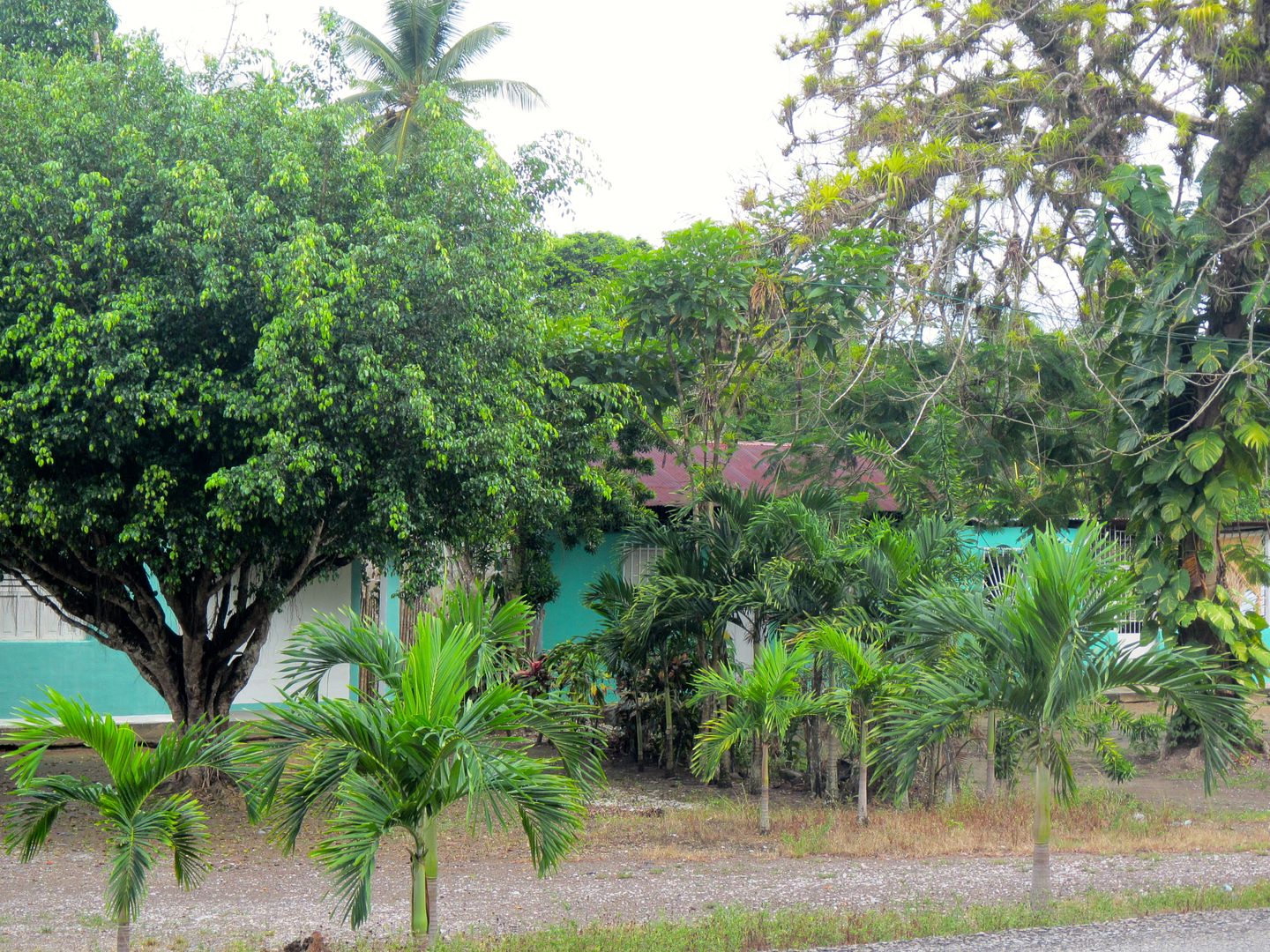
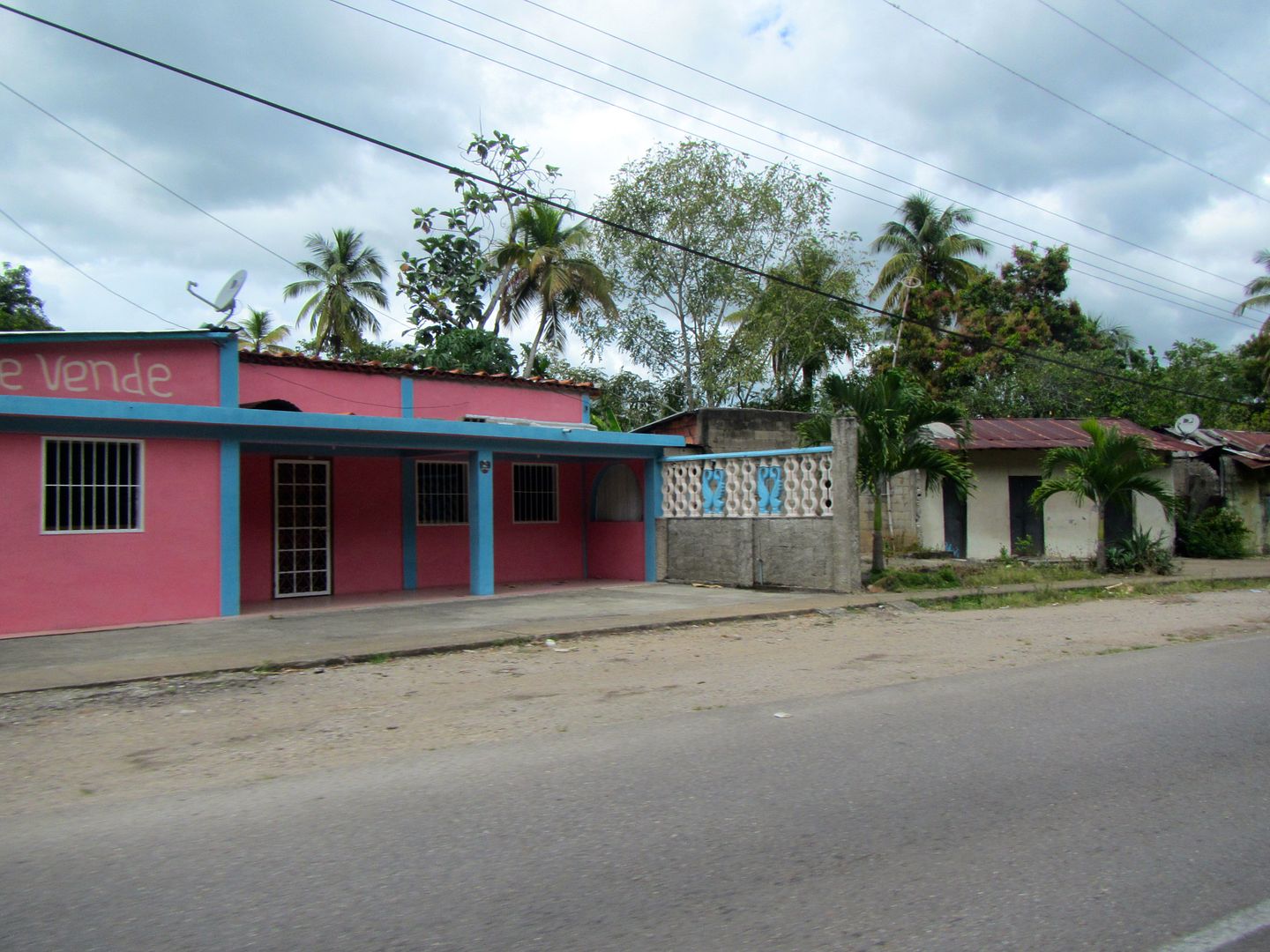
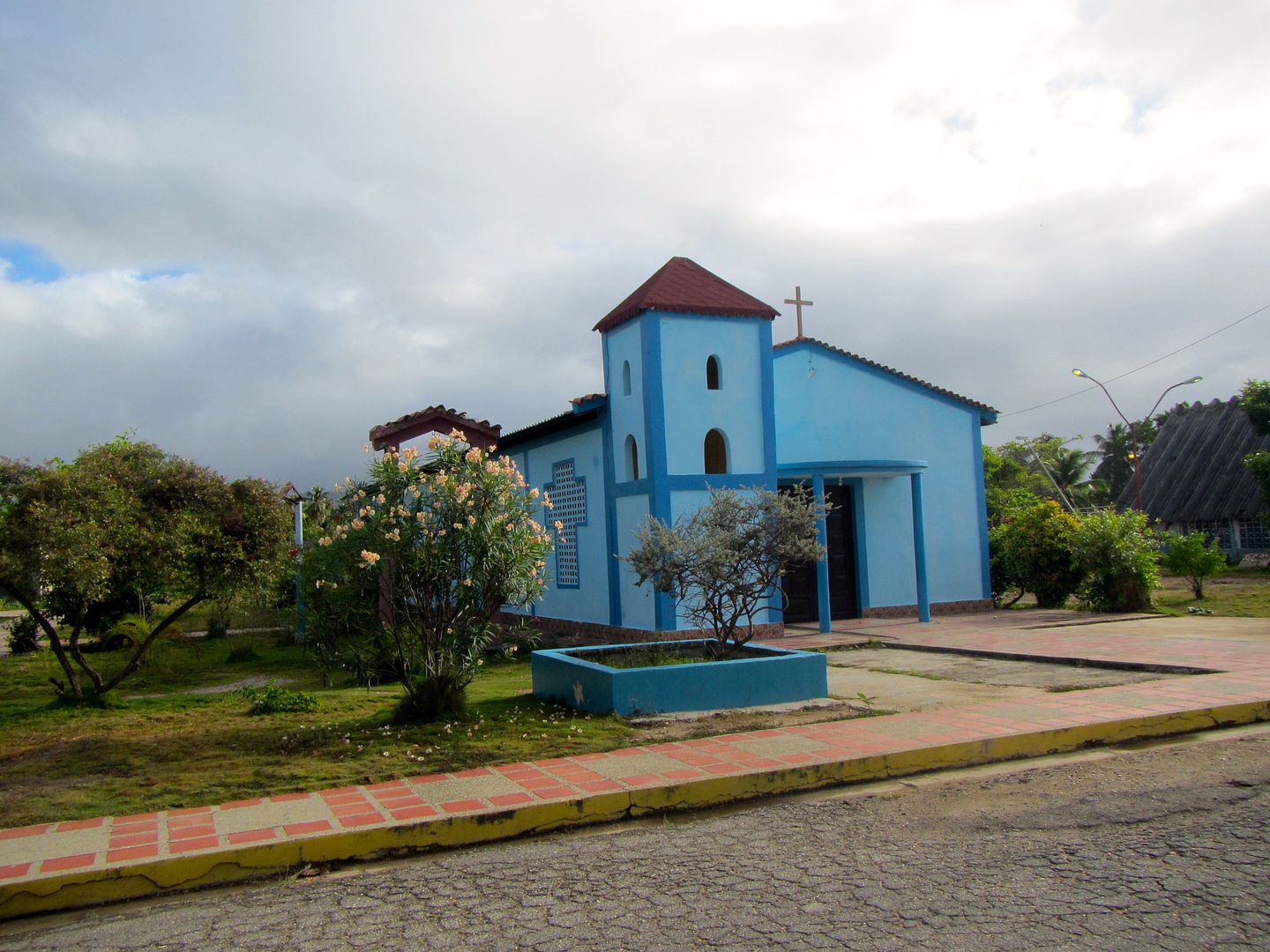
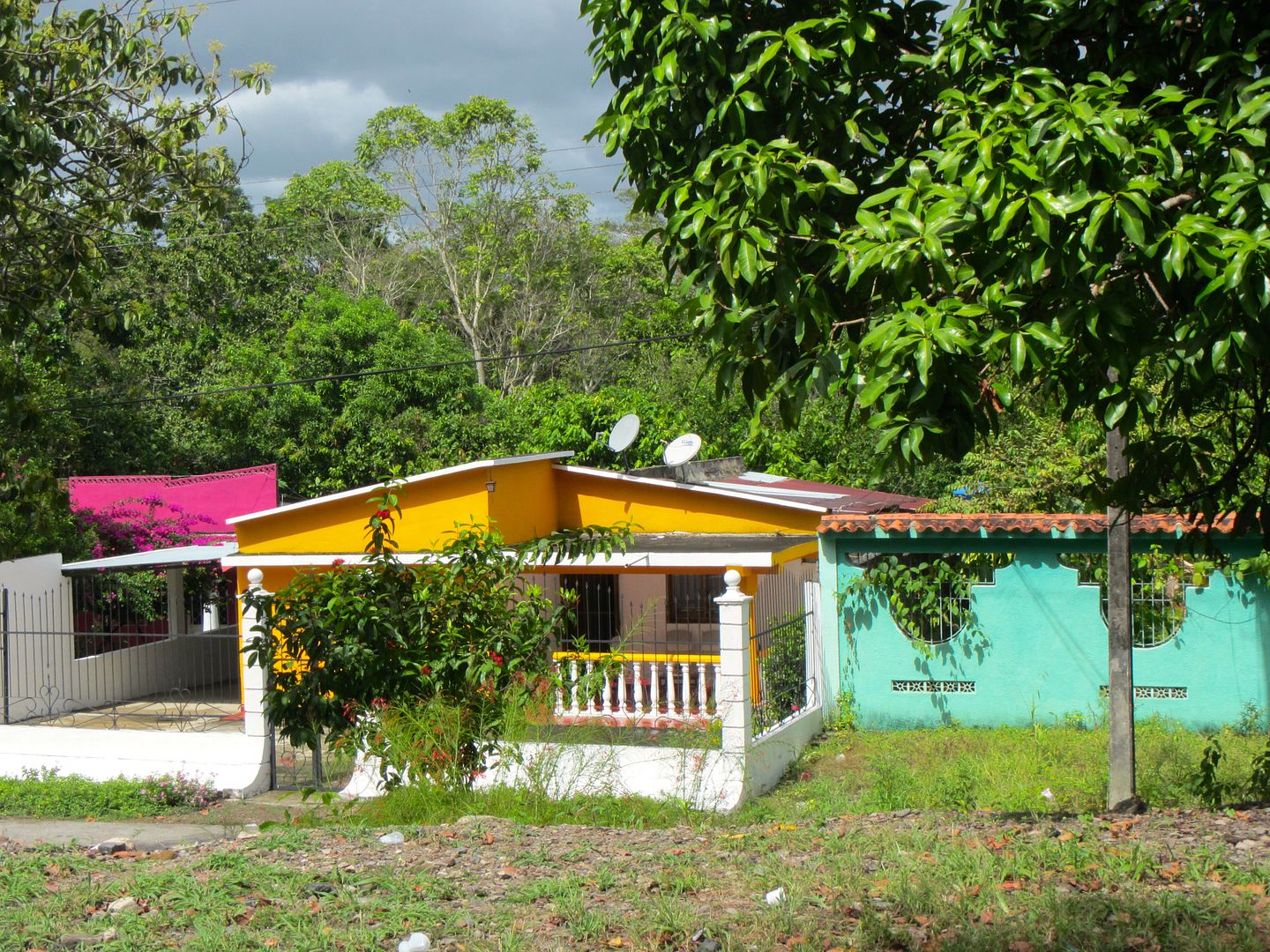
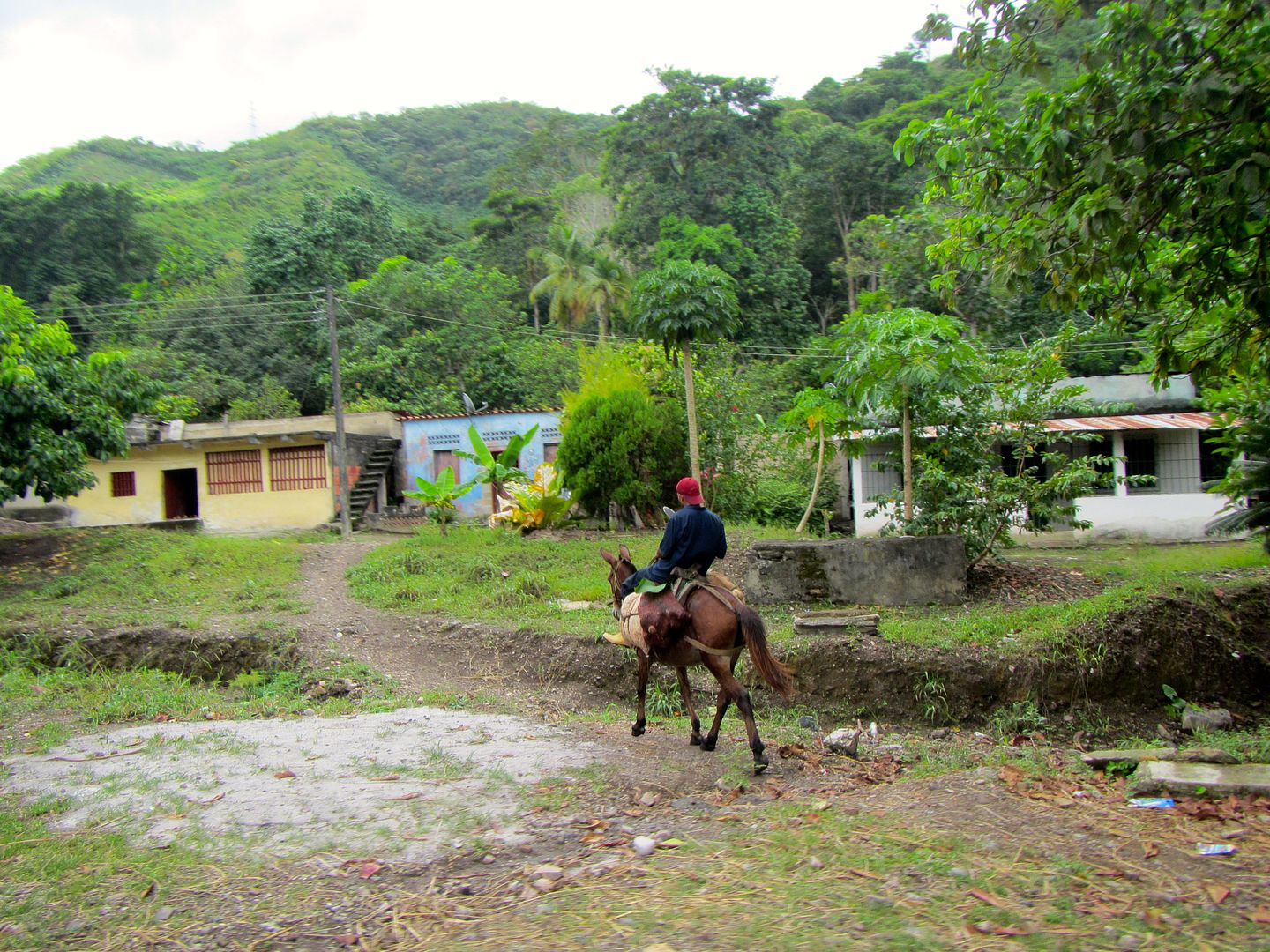
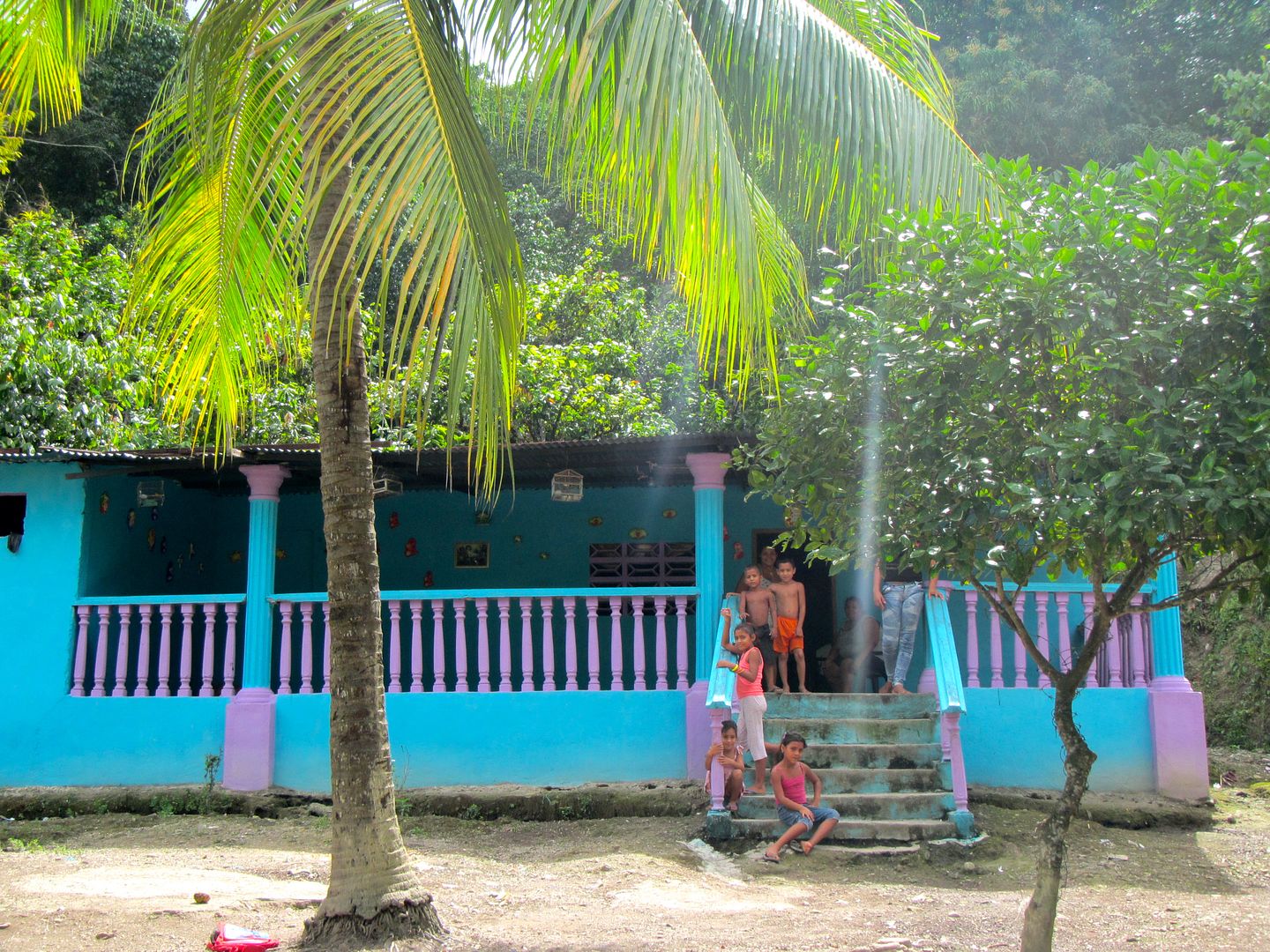
Back on the peninsula it had
been similar but they used more subtle pastel colours, but these guys were out
to impress. I rode slowly along this road and took photo after photo, trying not
to be rude taking candid family shots of people outside their houses. I like to
ask permission to take photos of people. As I approached Maturin a couple of
larger towns had large sculptures at their main intersection, one of a giant
Jesus carrying a cross and many more of mother Mary.
I found a hotel easily and
set about drying my wet riding gear.
It actually made no
difference because the next day had more rain in store. South of Maturin the
landscape opened up and the roads became straighter and the rain bucketed down.
The main rain wasn’t too bad but in the distance were the tell-tale tropical
storm fronts, a dark horizontal line with a pale blur beneath.
I knew what it
meant having ridden in the tropics in Australia for a long time. Big wet storm
with wind. The open country allowed a certain amount of preparation for the
dumping, but once it arrived there were times of only thirty or forty metres
visibility and gusty side winds. I was fortunate to find shelter at the
beginning of one downpour
but I endured not two but three of these storms
before approaching the Orinoco river and the massive bridge crossing it to the
merged towns of Puerto Ordiz and San Felix.
Once two separate towns either side
of the Caroni River, rapid growth has joined the two into the single Ciudad
Guayana.






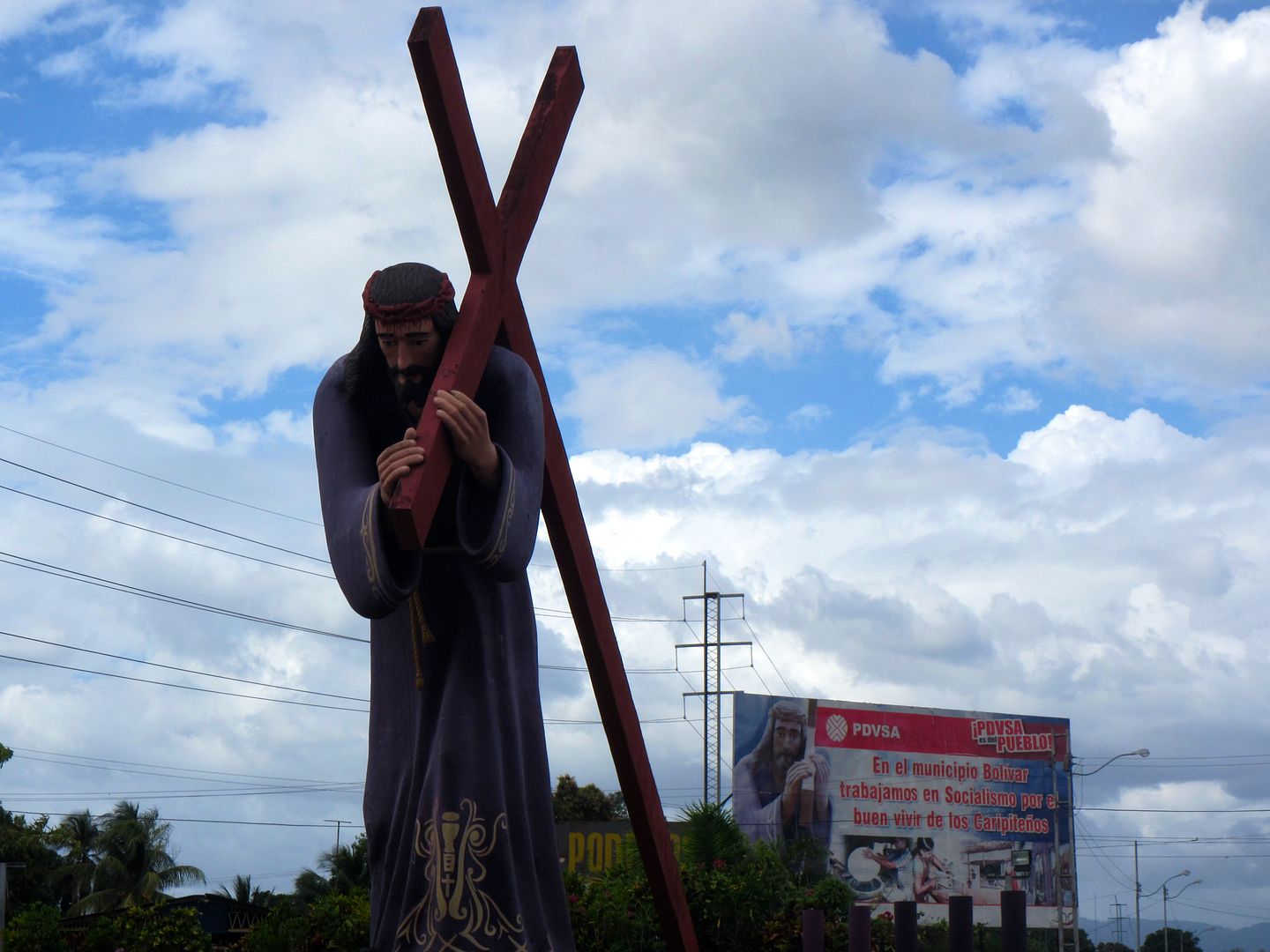
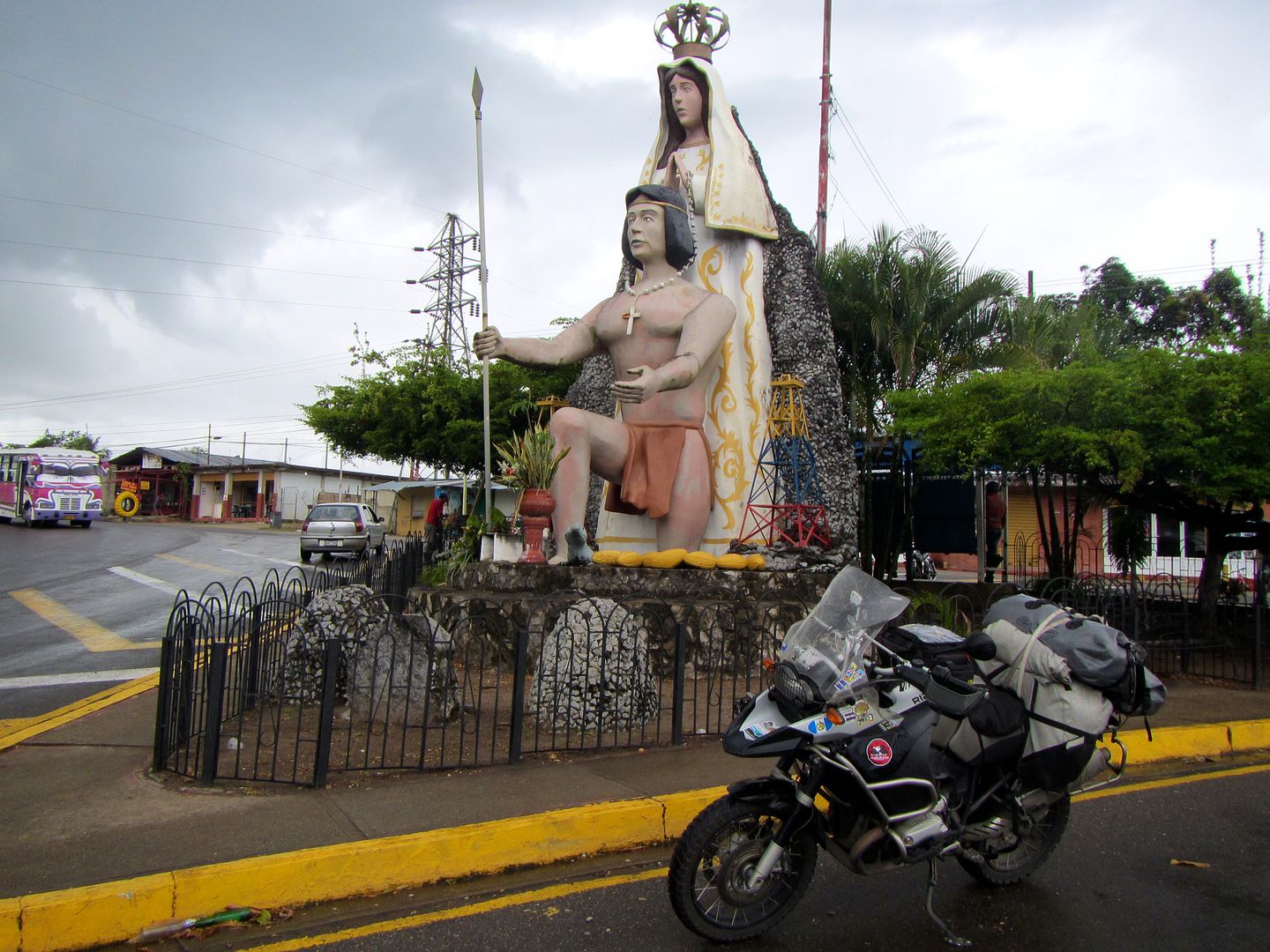
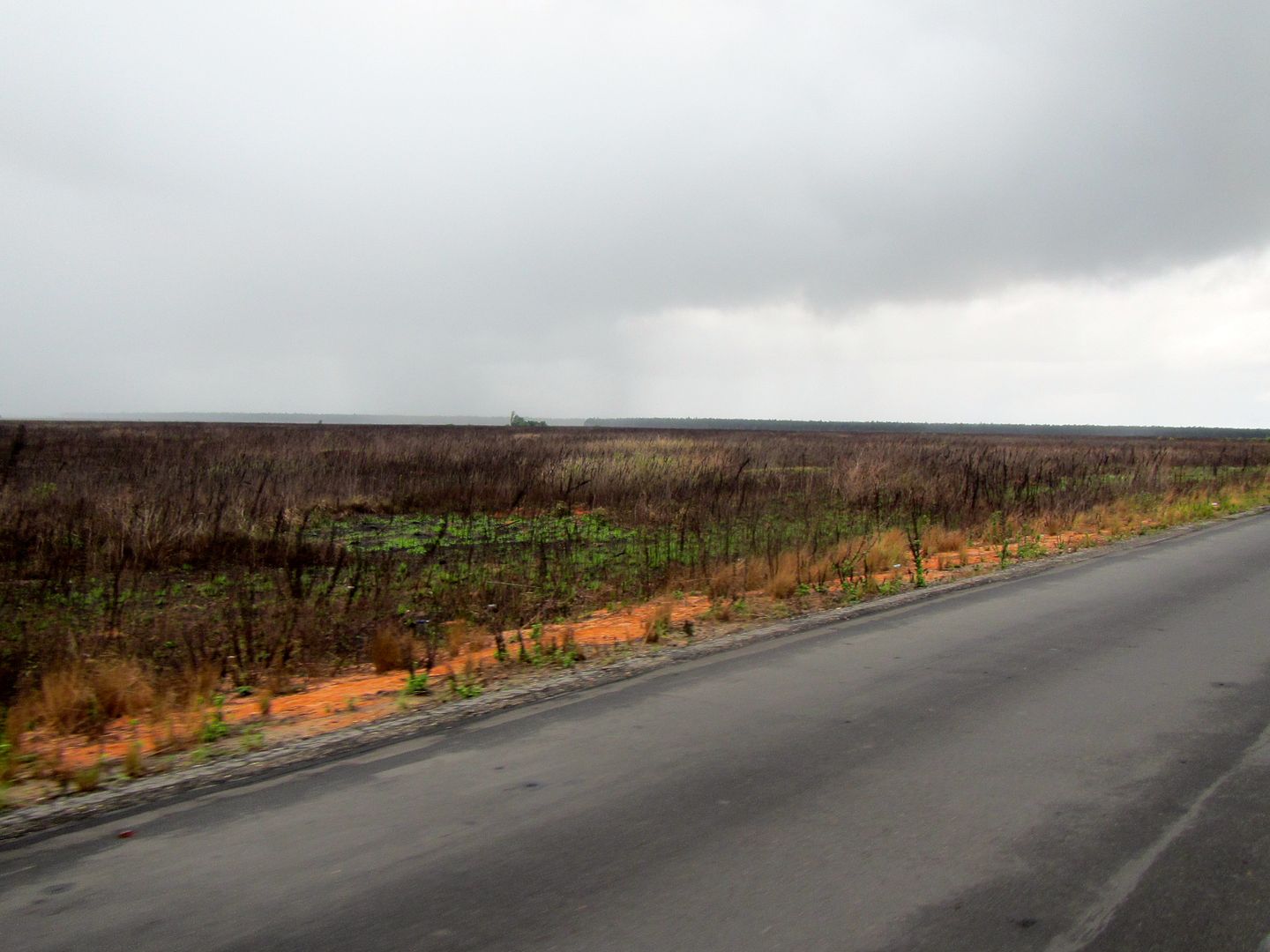
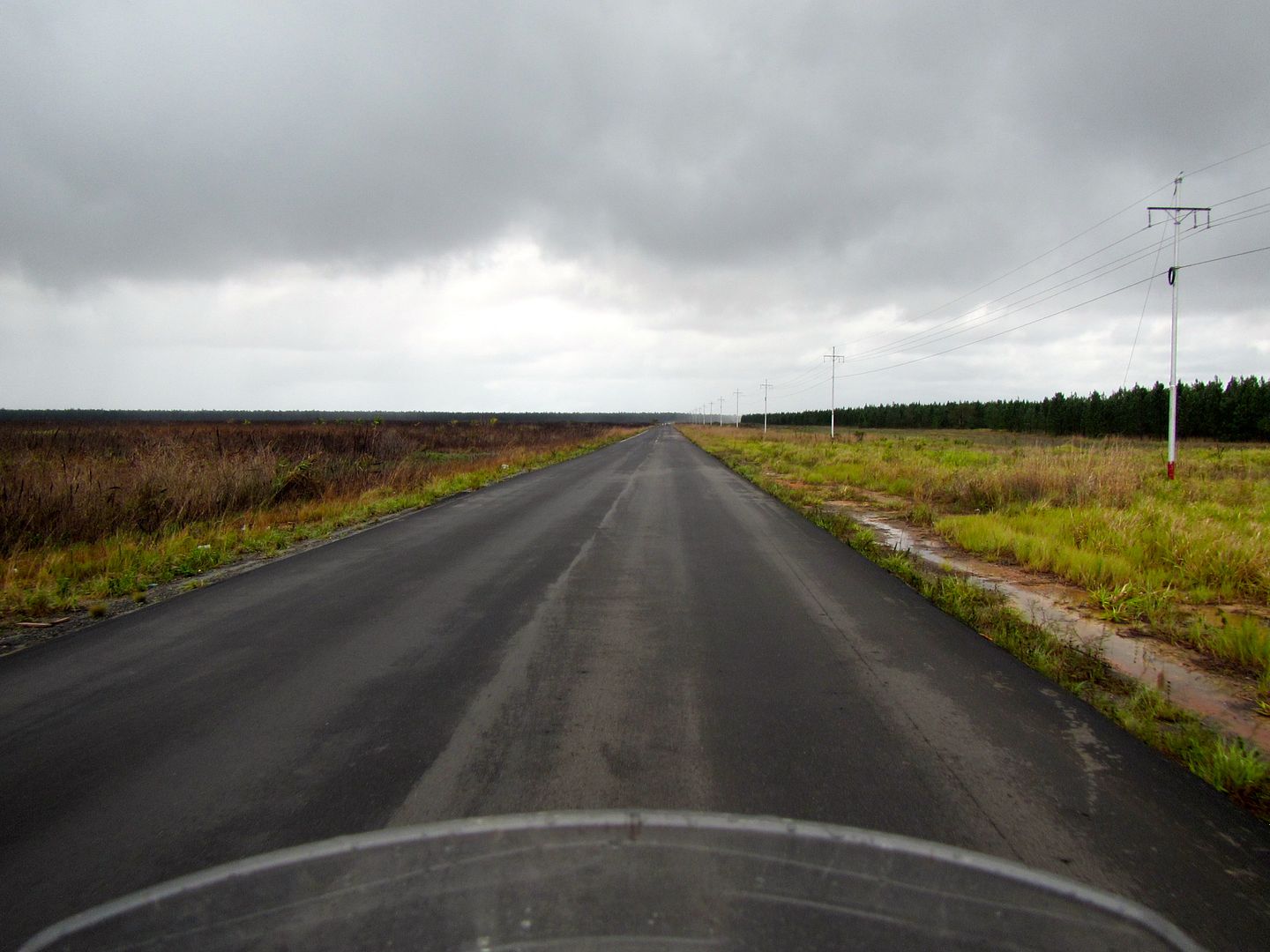
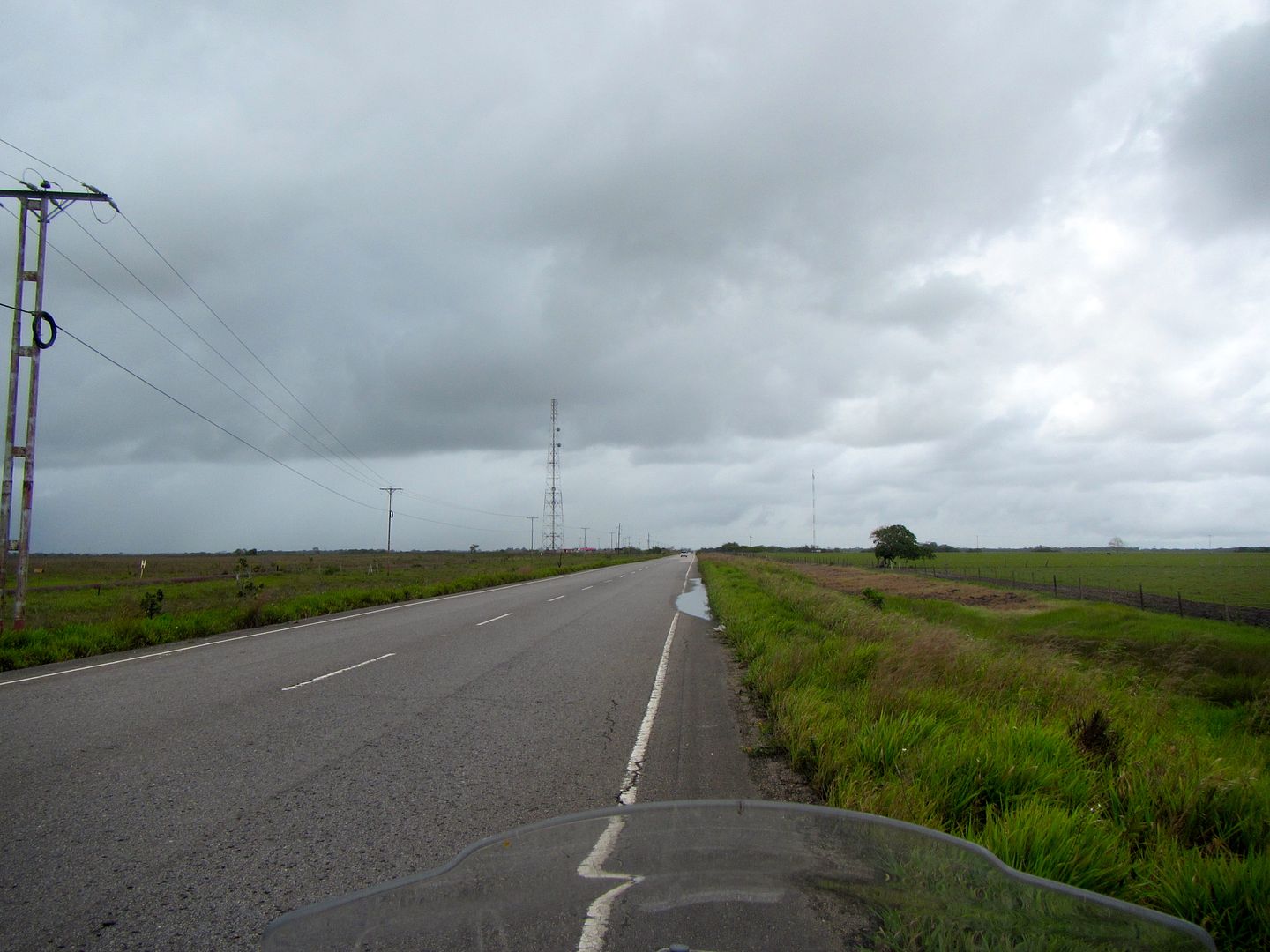
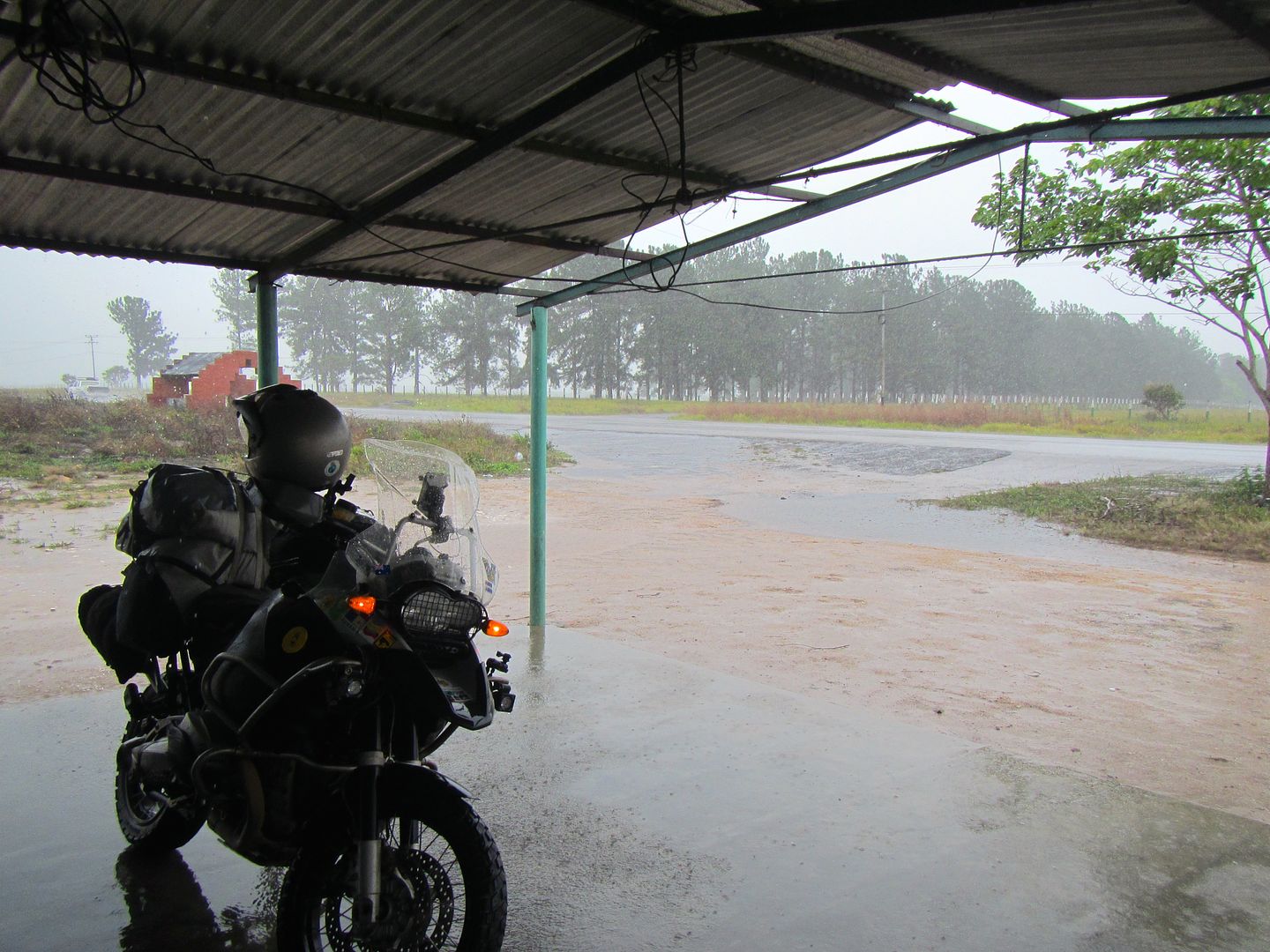
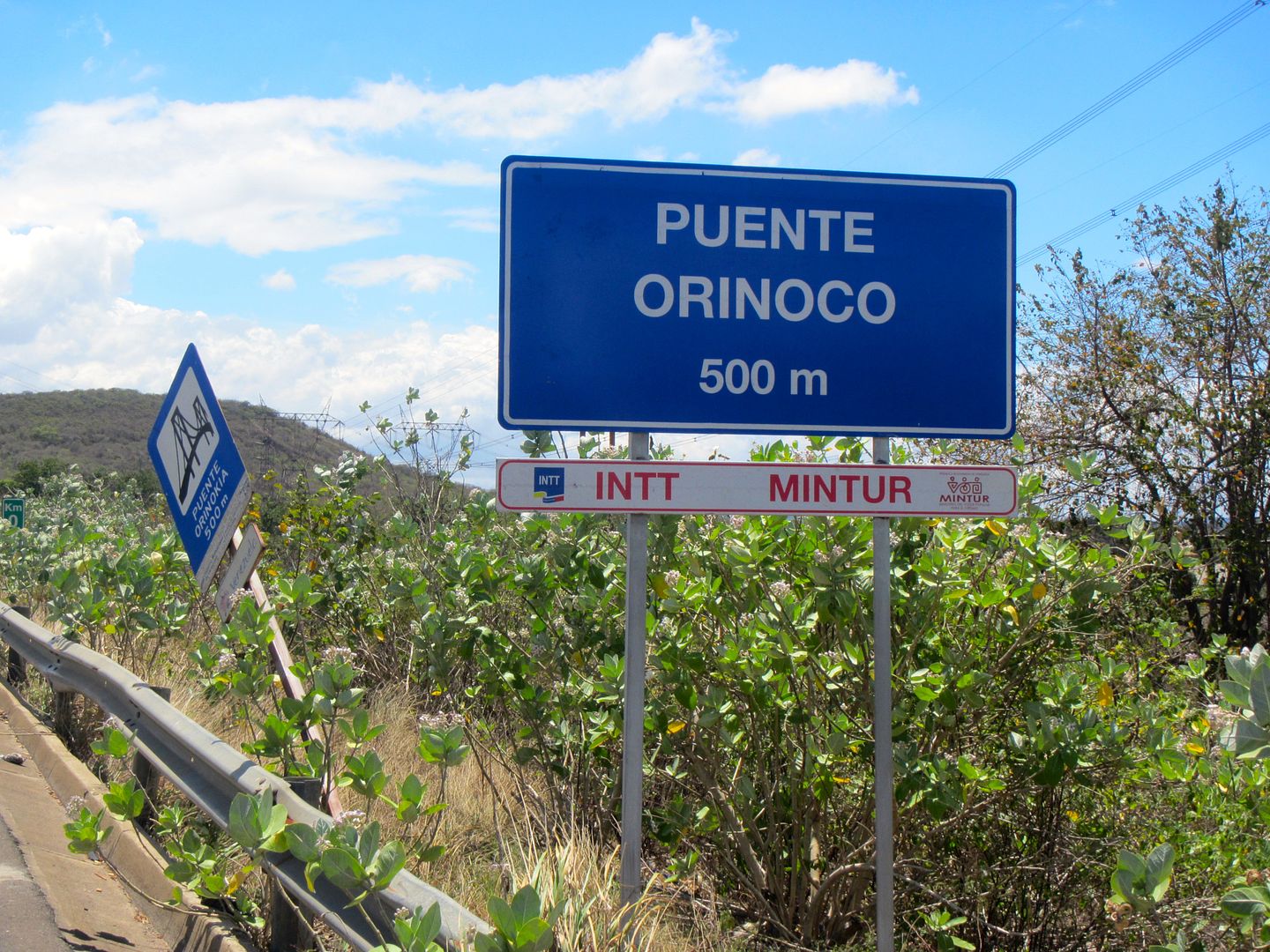
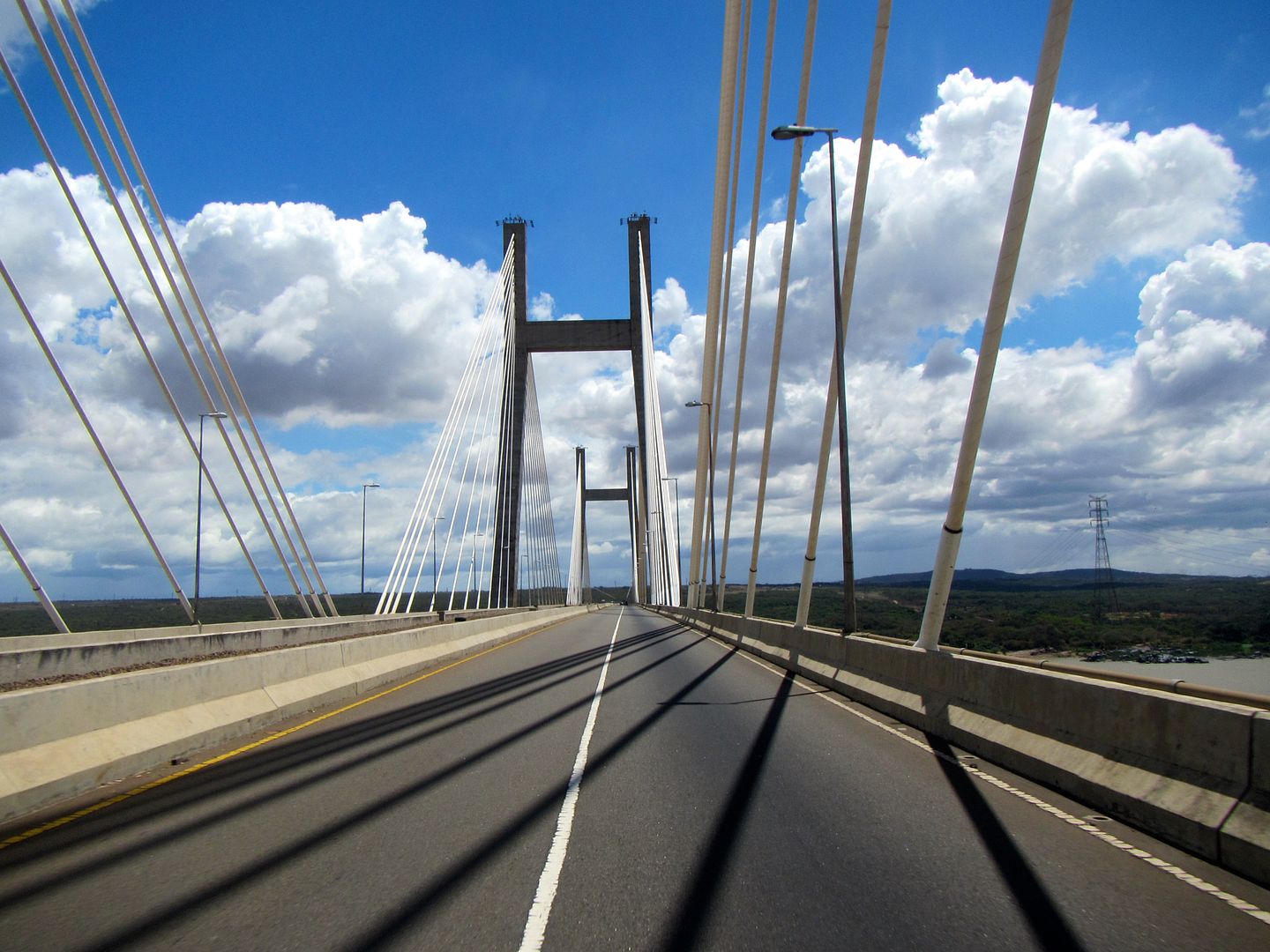
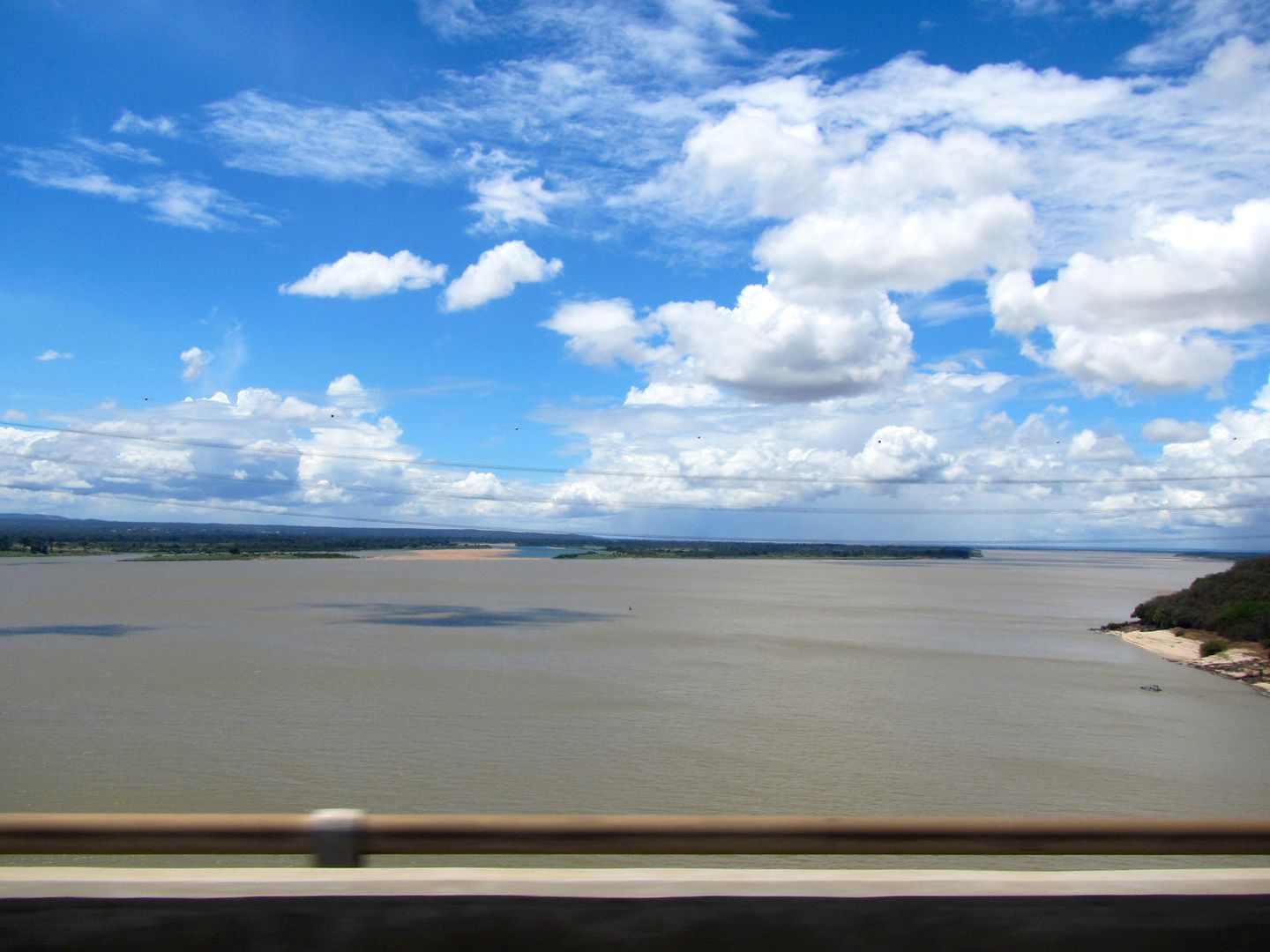
No comments:
Post a Comment